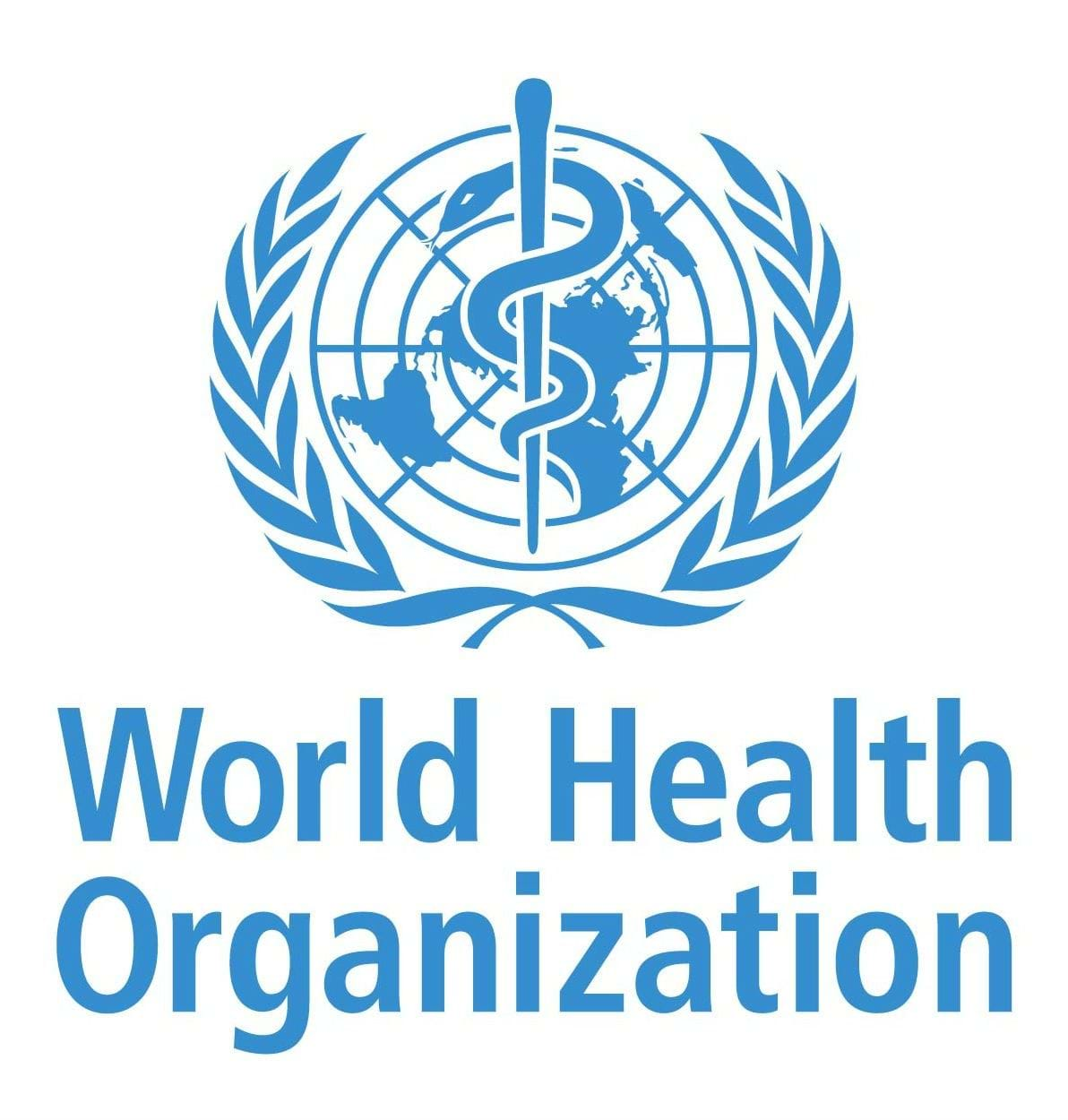Amid aid cuts, to sustain women’s, children’s, and adolescents’ health, the global health community must pivot to self-reliance, innovative funding, and global south leadership.
As Western governments slash billions in foreign aid budgets, women and children in the world's most vulnerable communities face a grim reality: The fragile health systems they depend on are crumbling. These cuts aren't merely financial adjustments — they represent potential death sentences for millions who rely on donor-funded health care programs.
The global health community now confronts its most significant challenge in decades: How to sustain critical health services amid dwindling international support and growing political opposition to gender equality and reproductive rights. This isn't just about finding new money — it's about fundamentally transforming how we finance, deliver, and advocate for women’s, children’s, and adolescents’ health, or WCAH, worldwide.
In low- and middle-income countries, a troubling imbalance has emerged — external aid per capita for health ($12.8 in 2022) exceeds domestic spending ($8.8 in 2022). Meanwhile, African nations are diverting $163 billion annually just to service mounting debts.
Against this backdrop, the women's, children's, and adolescents' health community must pivot toward five interconnected strategies that prioritize self-reliance, efficiency, funding diversification, global south leadership, and political mobilization.
1. Increasing self-reliance: Strengthening domestic spending on health
Increasingly, traditional donor aid is no longer guaranteed and countries which have relied on it have been given no time to adjust to sudden cuts. Domestic public spending on health has also steadily declined in low-income countries over the past decade, creating the necessity for individual households to pay more out of pocket for essential health services.
Clearly, health spending from domestic resources needs to increase, but those resources are also under pressure. Countries need to be able to grow their economies sustainably to generate more tax revenue, and multilateral organizations should negotiate debt relief for low- and middle-income countries.
2. How far can a dollar go: Improving health spending
Improving efficiency in health spending is crucial to ensure that the money we have goes further. Investing in packages of cost-effective, lifesaving sexual, reproductive, maternal, newborn, and child health, or SRMNCH, interventions as part of primary health care can deliver the greatest impact for every dollar spent.
Digital health solutions offer cost-effective ways to expand access to care in underserved areas. Telehealth has, in some instances, become a vital tool in maternal and child health, especially in underserved areas. Mobile health, or mHealth, applications, such as India's Kilkari program, provide expectant and new mothers with valuable information.
3. Diversifying funding sources
Countries could also increase their financial base by embracing innovative financing mechanisms, including blended finance and public-private partnerships where appropriate, social impact bonds, and co-financing across sectors, to mobilize new resources.
For instance, the Global Fund to Fight AIDS, Tuberculosis and Malaria plans to request nearly 50% more funding from private entities, amounting to $2 billion, and development impact bonds, such as the Utkrisht Impact Bond launched in 2018 in Rajasthan, have shown promise in delivering measurable outcomes while providing returns to investors.
4. Strengthening global south-south collaboration and south-led Initiatives
As traditional donors retreat, the leadership of the global south in advancing WCAH becomes increasingly vital. The Global Leaders Network for Women’s, Children’s and Adolescents’ Health is testament to how countries in the global south can lead transformative initiatives. These leaders advocate for sexual and reproductive health and rights, or SRHR, and call on the African Pooled Procurement Mechanism to prioritize the local manufacturing of SRMNCH commodities to strengthen supply chains, create jobs, and reduce dependence on external markets.
The African Union has been proactive in formulating policies to enhance SRHR across the continent for decades. The Continental Policy Framework on Sexual and Reproductive Health and Rights and Maputo Plan of Action 2016-2030 serve as strategic and operational guides for countries to integrate SRHR into their national health. Supporting the AU to accompany government implementation of these policies is critical.
5. Building broad-based movements for political change
Technical solutions alone are insufficient. Political will is essential to sustain progress, and this requires building broad-based movements that engage diverse stakeholders who can influence political priorities.
Grassroots advocacy and community mobilization have driven change in the face of resistance, but the success of these efforts hinges on partnership. The success of movements like #MeToo and #BlackLivesMatter shows that when enough attention and outrage is brought to an issue, political priorities and positions have to change. But regression can also occur, as we are seeing now. This is the time to raise our collective voice around the world.
Looking ahead
The future of WCAH will be shaped by our ability to adapt to a changing world. By increasing domestic health spending, embracing innovative financing, fostering cost-effectiveness, championing global south-south collaboration, and building movements for political change, we can ensure that no woman, child, or adolescent is left behind.
Article originally posted by DEVEX

.png?sfvrsn=6d0e27cd_1)



